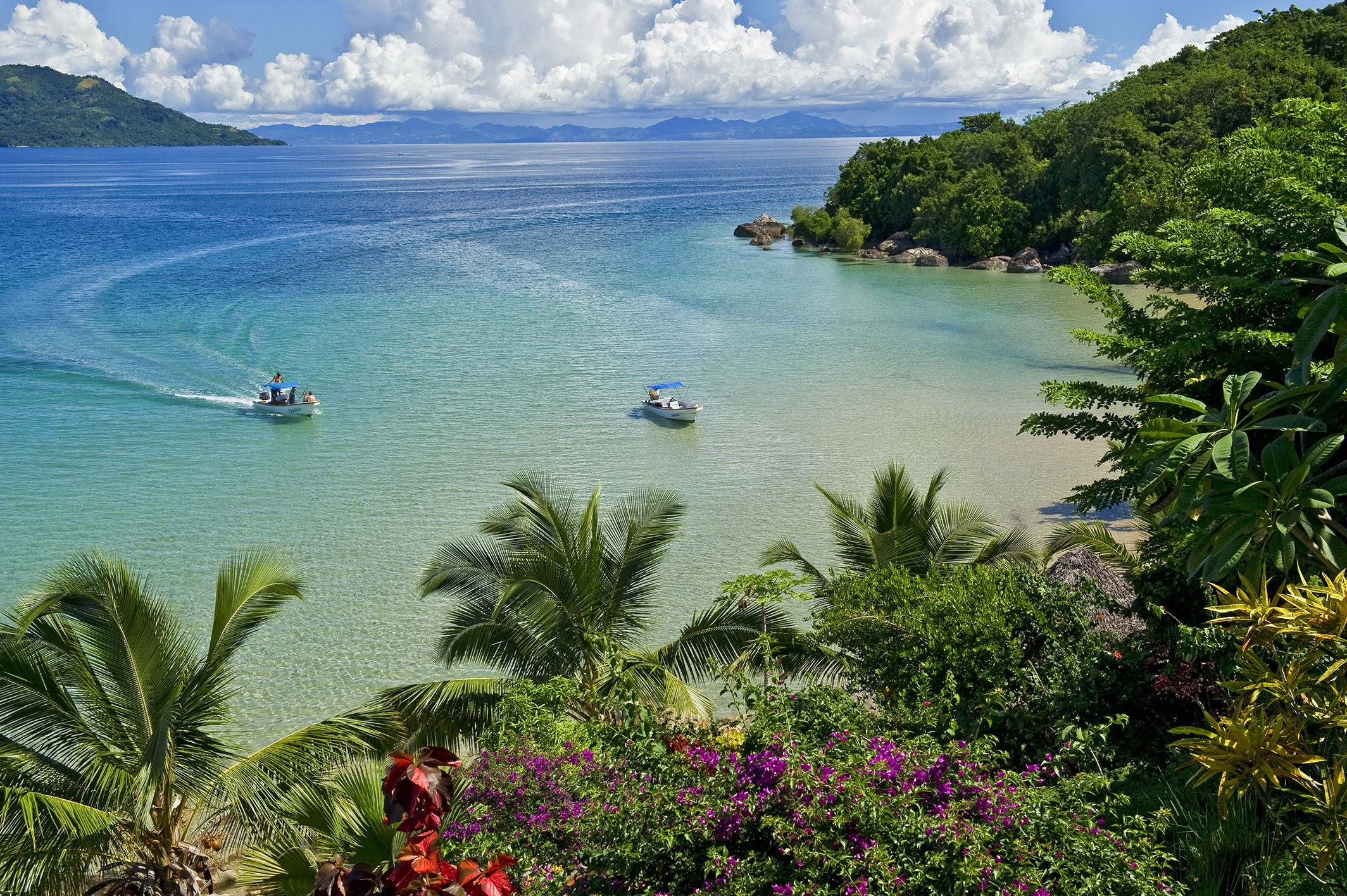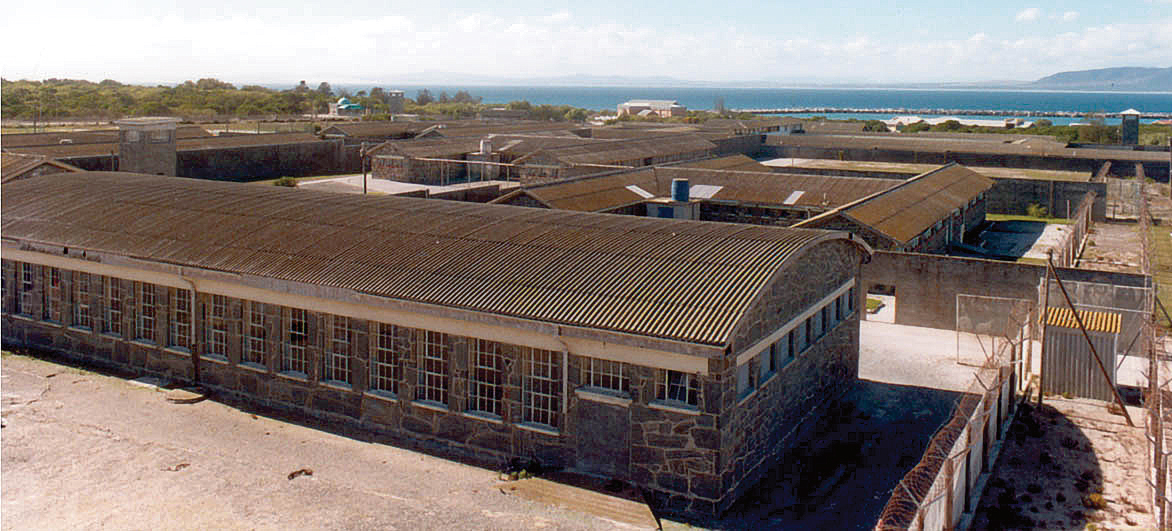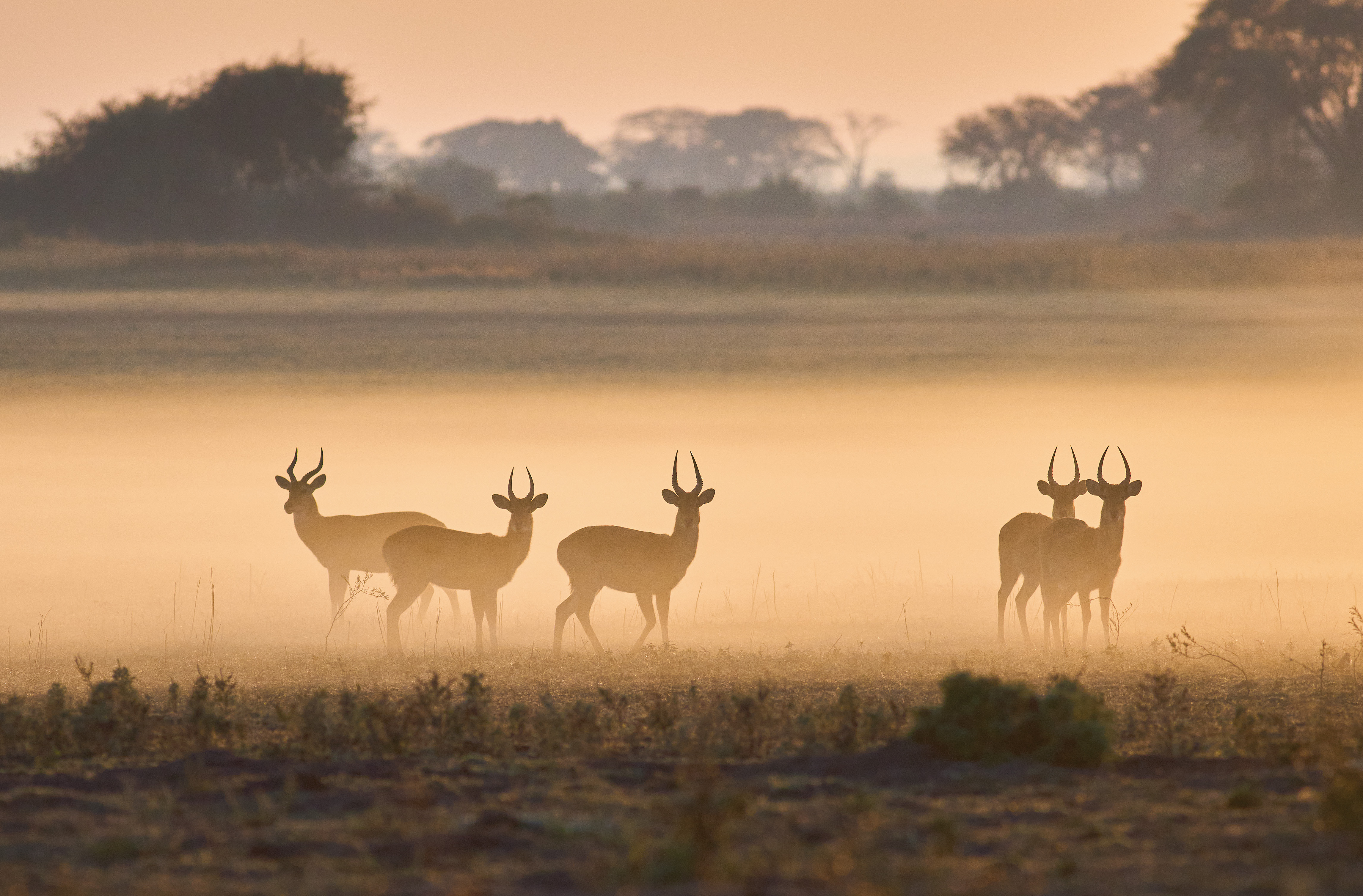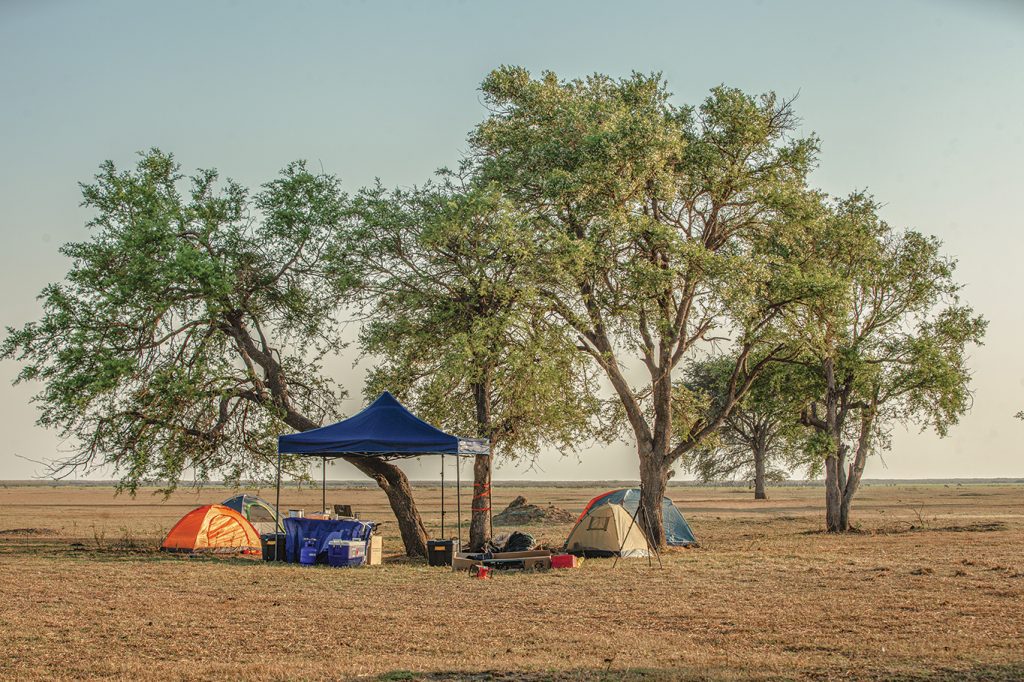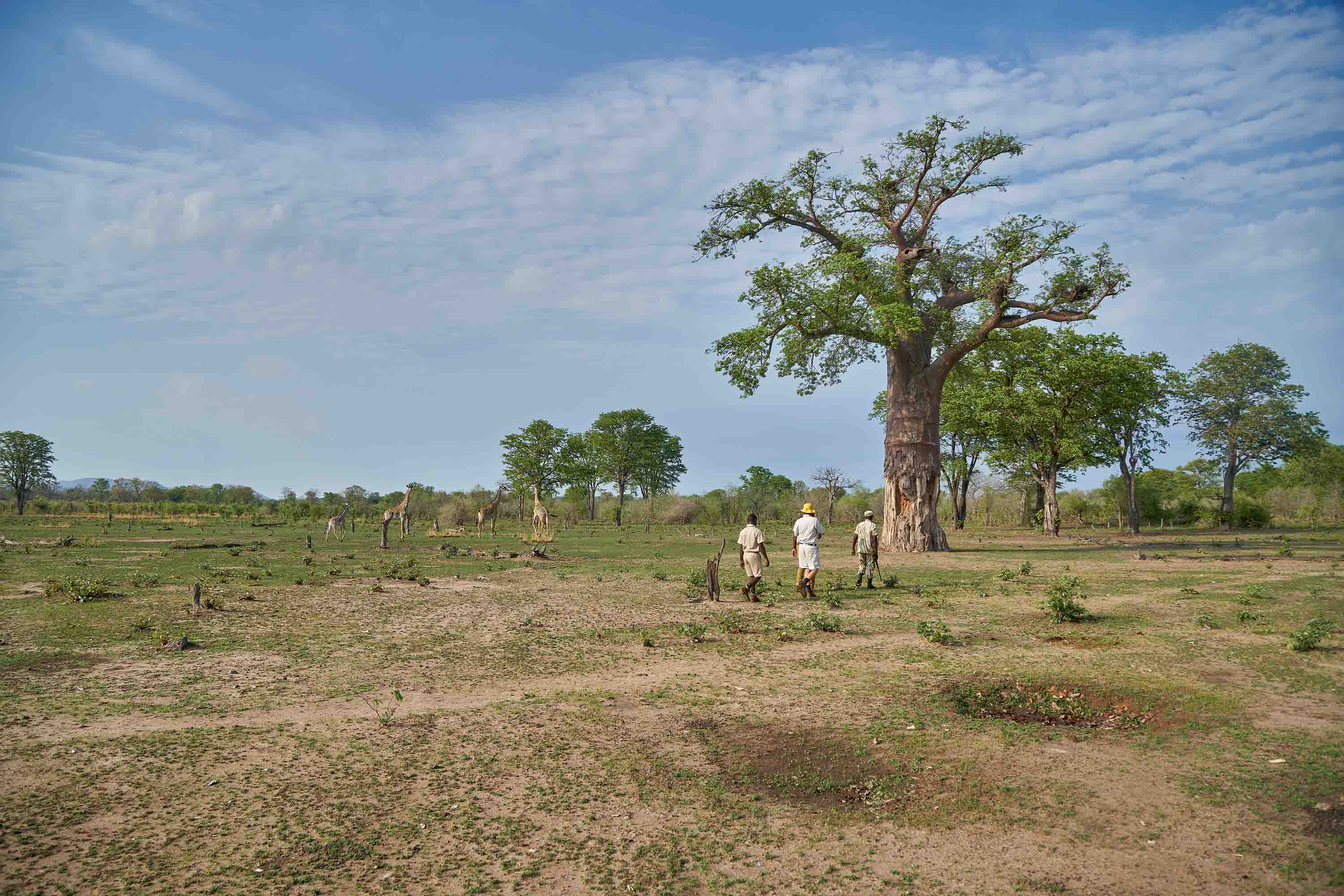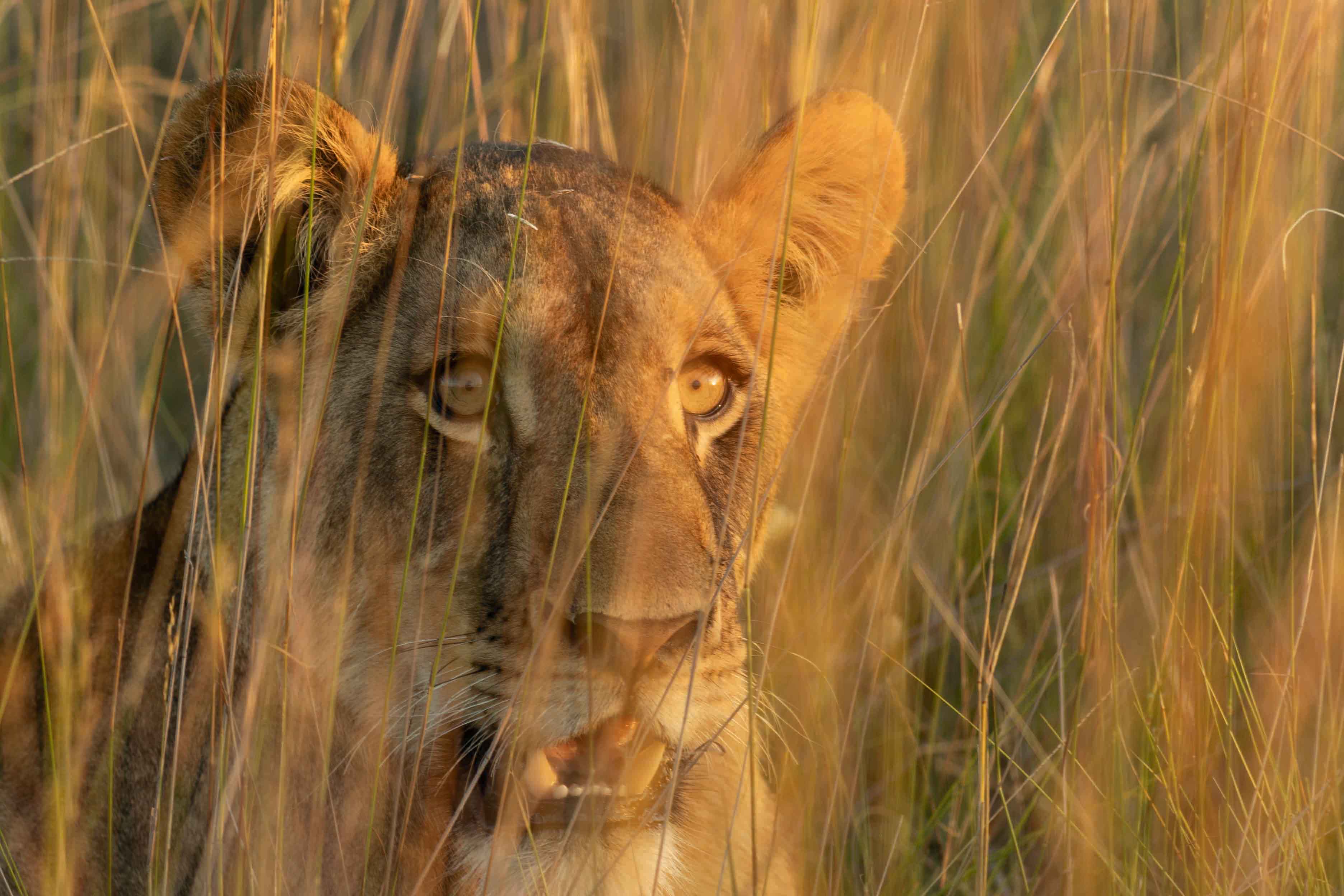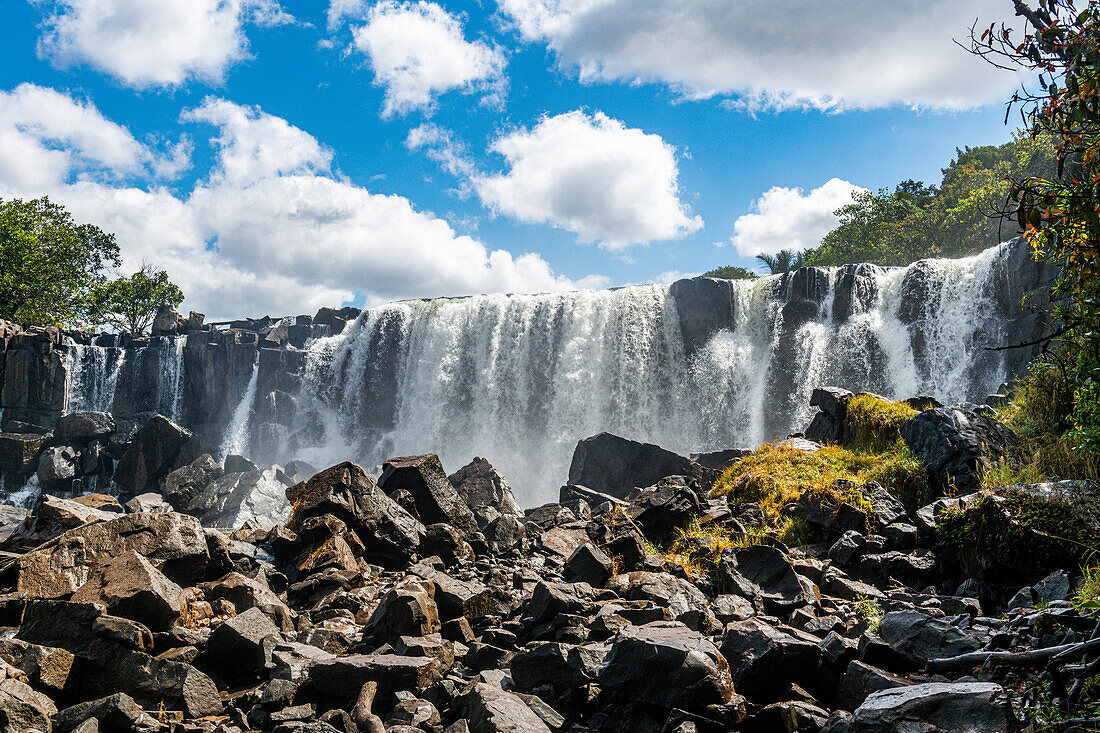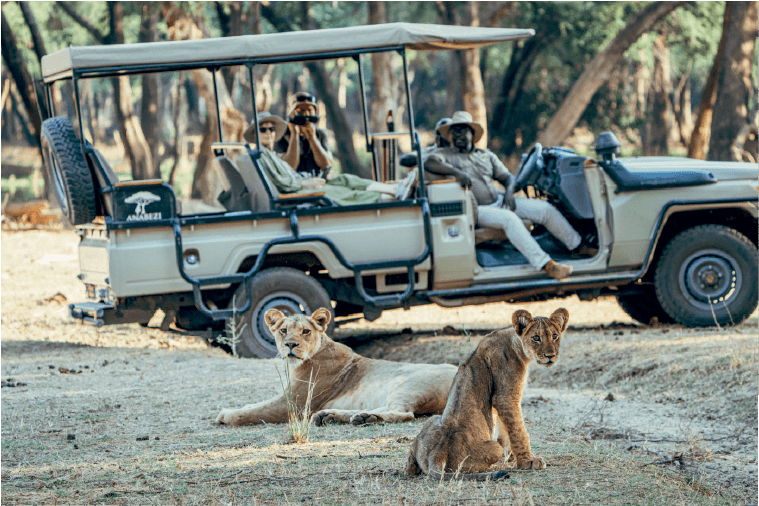Madagascar; the red island, the rainbow island, the eighth continent, there are many names for the world’s fourth largest island. The many names being a reflection of the diversity of experiences the island nation has to offer. Madagascar is situated in the south western area of the Indian Ocean, east of the coast of Africa and about 400 kilometres off the coast of Mozambique. The country has some of the finest beaches in the world – whether you head to the spectacular Islands or the mainland, you’re sure to find pristine beaches, gorgeous lodges and meet famously unique wildlife.
Madagascar is often overlooked by tourists but don’t be fooled, it has a lot to offer. The benefit of relative isolation is you’ll not be vying for space in overcrowded tourist spots while enjoying sights, sounds and tastes you won’t experience anywhere else. For nature lovers there are various species of lemurs, birds, snakes, chameleons, insects, marine life and plant life like no other. For sun worshippers you have a plethora of glorious beaches all around the island with excellent scuba diving. For shoppers there are several markets offering beautiful crafts, raffia, embroidery, marquetry, crystals and semi-precious stones. For culture vultures the sky is the limit with various ceremonies throughout the year and for the mountain bikers, trips to suit you can also be organised.

IDYLLIC ISLANDS AND BEACHES
Ile Sainte Marie, also known as Nosy Boraha, a narrow 57 kilometre-long island off the mainland’s east coast, is an authentic tropical paradise with lush vegetation interspersed with many small villages. Ile Sainte Marie is great for both the traveller that wants to laze around on the beach as well as the active traveller. One can lounge on the beaches or hike up to the island’s numerous granite hills and explore the fascinating landscapes along the way. Ile Sainte Marie is also perfect for fishing, scuba diving and snorkelling, as well as whale watching. For the history buffs the island is the site of Madagascar’s first church and one of the world’s few confirmed pirate cemetaries.
Nosy Be, meaning big island in Malagasy, is Madagascar’s most popular tourist destination but it remains relatively quiet and isn’t crowded with visitors. This means you can still have a peaceful time there. It is, however, Madagascar’s most expensive locale but budget facilities are available. You can dive, swim and snorkel your way around the island. Turtles, stingrays and the Gorgonian Forest (coral reef) are just a smidgen of the biodiversity on display. Also off the coast are four shipwrecks open for exploration. Other dream island destinations include Nosy Komba, Nosy Tanikely, Nosy Sakatia, the Mitsio Archipelago and Tsarabanjina Island. All have pristine beaches, exuding barefoot luxury.

HIT THE ROAD
Like the lemur, baobab trees have come to be seen as a symbol of Madagascar. Along the Avenue of Baobabs, also called the Alley of Baobabs, about two dozen towering baobab trees line the dirt road between Morondava and Beloni in the west of Madagascar. This is said to be the most beautiful road in all of Madagascar. The massive baobab trees are striking at any time of year but are particularly eye-catching between February and March, when they flower. The centuries old trees are officially recognised as a natural monument, as a way of acknowledging their iconic status and to protect them from deforestation, which has affected huge swathes of Malagasy land. Morondava is the closest town with a few simple hotels and restaurants. When visiting this area you can also take a trip to Kirindy Forest Reserve.

EAT YOUR WAY AROUND
Malagasy food is rich in flavour and combines multiple influences. Madagascar’s first inhabitants are believed to have come from Polynesia and Indonesia and there is a wonderful mix of African, Chinese, Indian, Arabic and French cuisine to tempt even the most hard-core fussy eater. Fruit, rice, seafood and fish are plentiful. Street markets are among the best places to get your hands on fresh produce and mingle with locals. Romazava, Madagascar’s national dish, consists of generously seasoned beef stew (it is sometimes also made with chicken and/or pork) and greens. Rice is the most popular staple and is eaten at practically every meal. There is even a Malagasy drink, ranovola, made using burnt rice. The best way to get an authentic introduction to Malagasy food and drink is to dine where locals go, not just the tourist hot spots. The country is known for its ‘knock your socks off’ rum… you have been warned!

INTO THE WILD
The Andasibe-Mantadia National Park is made up of the Mantadia forests and the Analamazaotra Reserve. With its well-maintained, broad and gentle trails, not to mention its location only 145 kilometres east of Antananarivo by road (drive time approximately three to four hours) it is the most accessible and most visited reserve in Madagascar. There is plenty of wildlife to see: nine species of lemurs including two habituated groups of the endangered indri, the largest surviving lemur species – about a meter in height, it has powerful legs allowing it to leap up to ten metres from tree to tree. You are also likely to see the siurnal common brown lemur and the eastern grey bamboo lemur. On a night walk, you could encounter eastern woolly lemur, Goodman’s mouse lemur and furry-eared dwarf lemur. Several species of tenrec are found in the reserve, as is the red forest rat. Andisbe also has rich herpetofauna: key species include the impressive two-foot long Parson’s chameleon and the tiny nose-horned chameleon. Many species of gecko, skink (a type of lizard) and snake may be seen by day. For birders, it is a particularly good location for – among others – Madagascar blue pigeon, blue and red-fronted couas, common sunbird-asity and the coral-billed nuthatch vanga and, at night, Madagascar long-eared owl and collared nightjar.

LIMESTONE ‘CATHEDRAL’
Situated on Madagascar’s west coast, the Tsingy Stone Forest within the Tsingy de Bemaraha Strict Nature Reserve is a cathedral of sharp-edged limestone. The sharp vertical rocks are its steeples. Tsingy literally means “where one cannot walk” and alludes to just how razor sharp the rocks can get. The pinnacles of limestone were carved away over years of being exposed to the monsoon rains. The tallest of them reaches nearly 800 metres in height. Access to the park is by road from Morondava, 150 kilometres south of the park. Seemingly inhospitable from the outside, upon closer inspection you’ll discover a great diversity of plant and animal life that has adapted well to its environment. You may even see lemurs skillfuly leaping from one rock to another, seemingly oblivious to the potential dangers.
